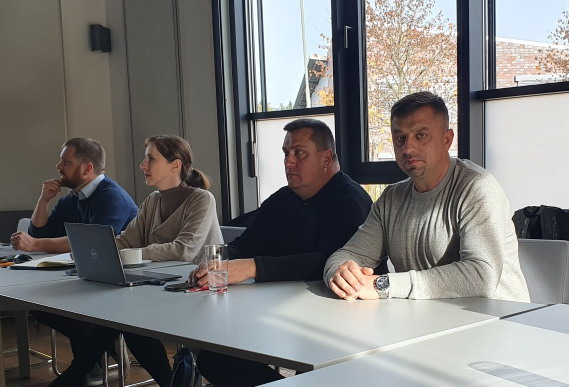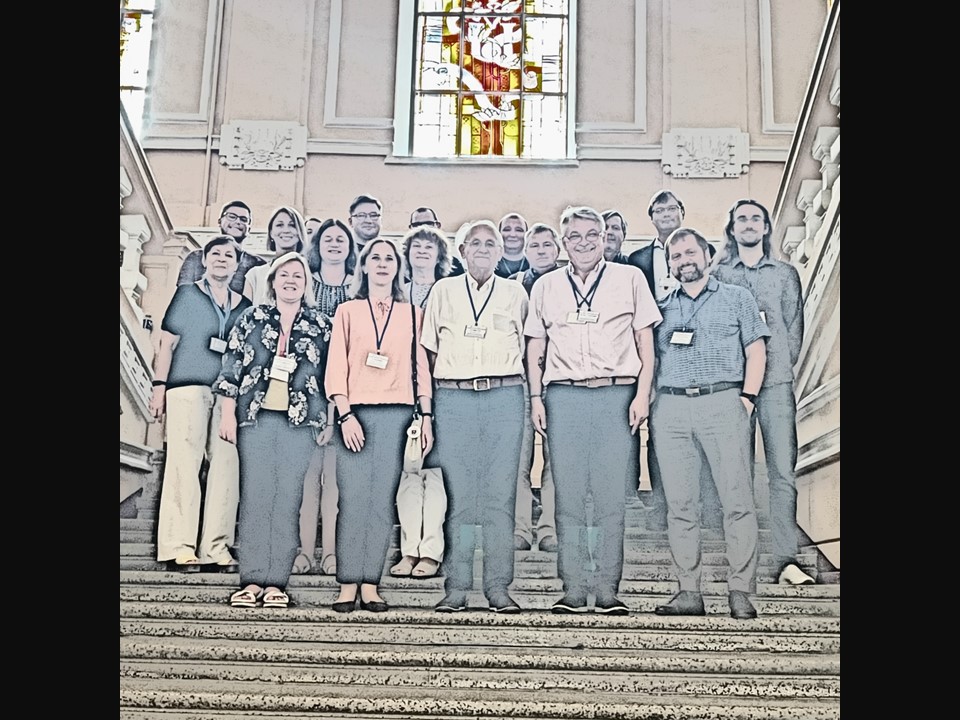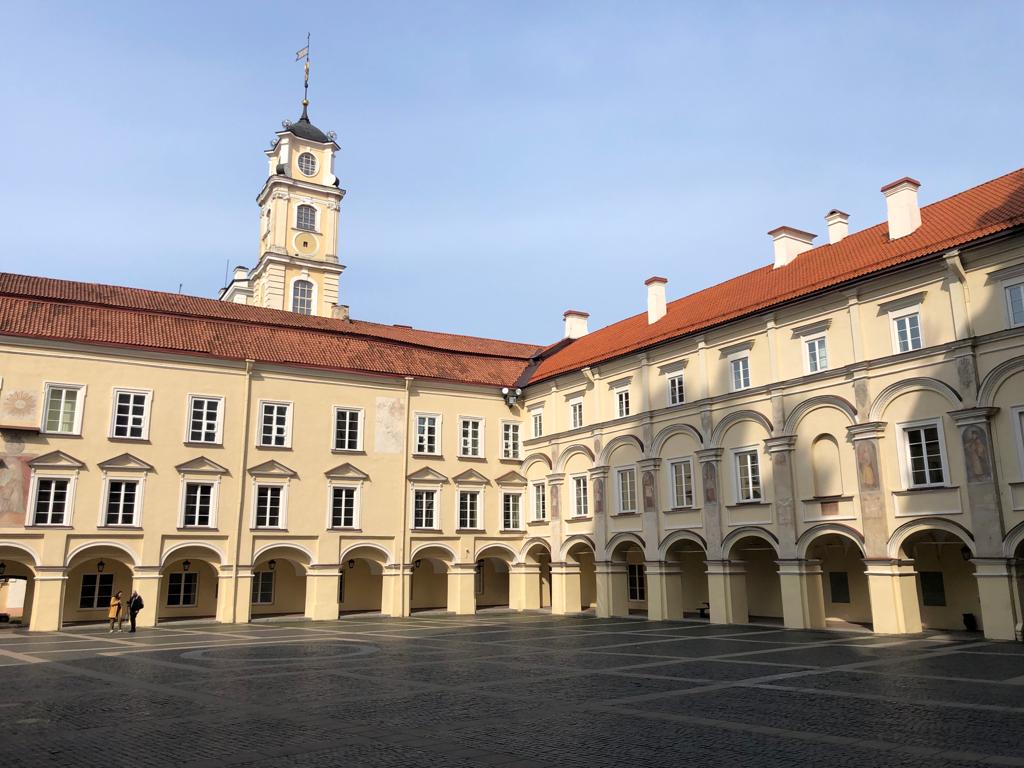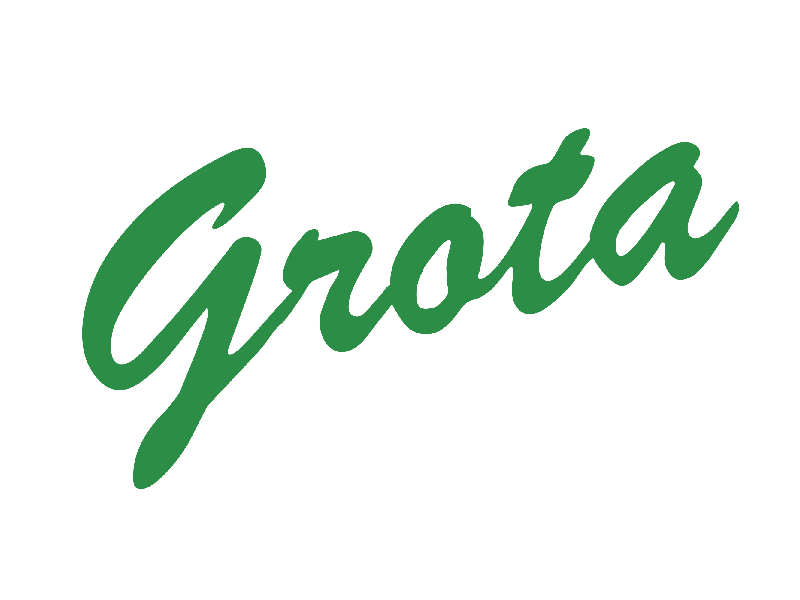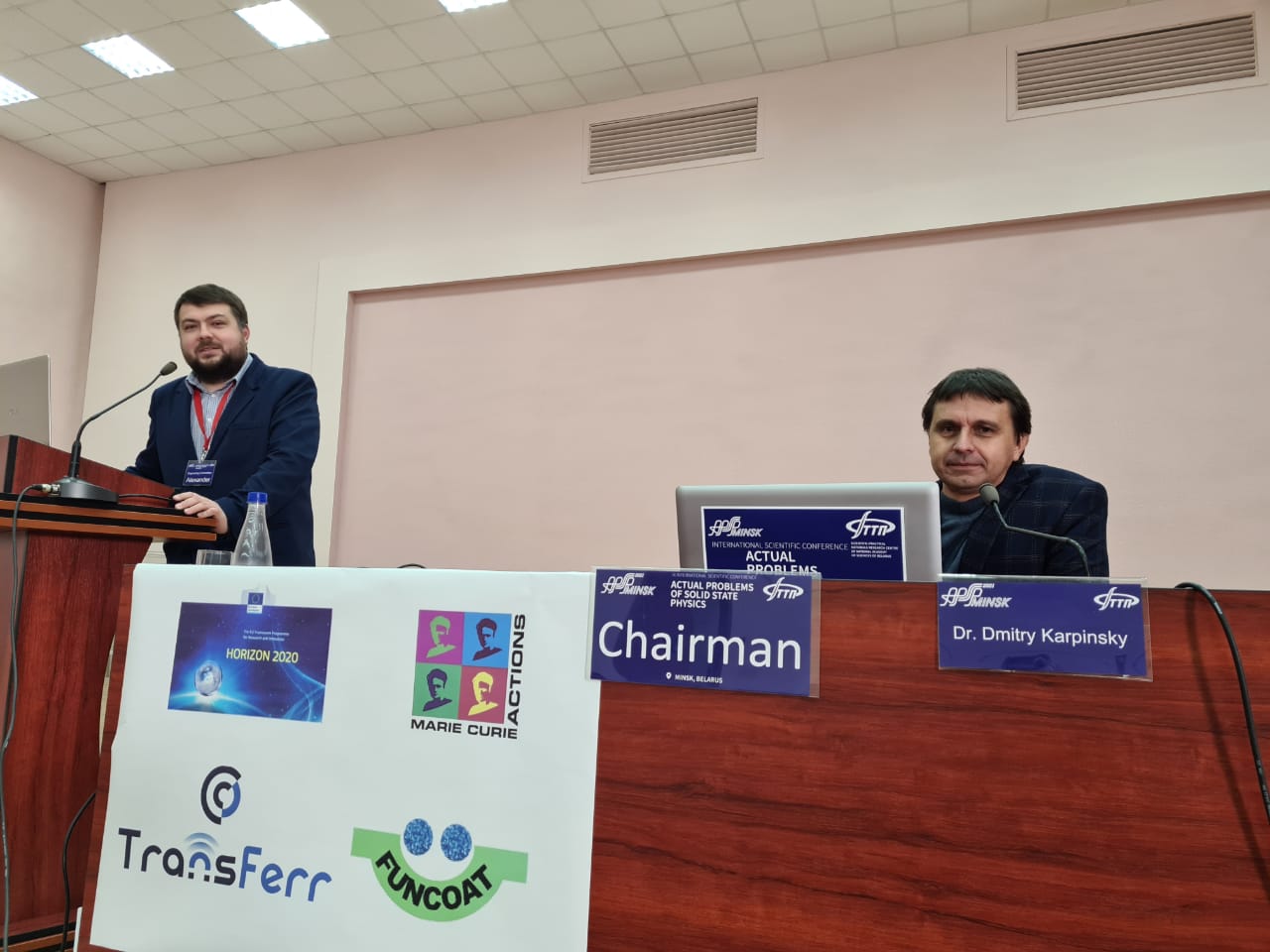On October 25, at the Helmholtz Centre for Materials and Coastal Research in Geesthacht, Germany, a meeting of consortium members devoted to the results achieved so far during the TransFerr project from the European Union’s HORIZON2020 program was held. The project participants are eight organizations from Poland, Germany, Lithuania, Portugal, Ukraine and Belarus. Reports on the scientific, organizational and social activities of individual research teams were presented at the seminar.
Helmholtz-Zentrum Geesthacht (HZG) is one of 18 scientific, technical and biomedical research centers that are part of the largest research organization in Germany – the Helmholtz Association of German Research Centres. The extensive experience in scientific research and extensive scientific and technical facilities of this organization serve to achieve long-term research goals. One of the main attractions of Geesthacht, a small town in northern Germany, is the home and private laboratory of Alfred Nobel, situated on the banks of the Elbe. The income earned by Alfred Nobel from the production of dynamite allowed him to establish the Nobel Prize for achievements in the fields of physics, chemistry, medicine, literature and for the work to strengthen peace.

